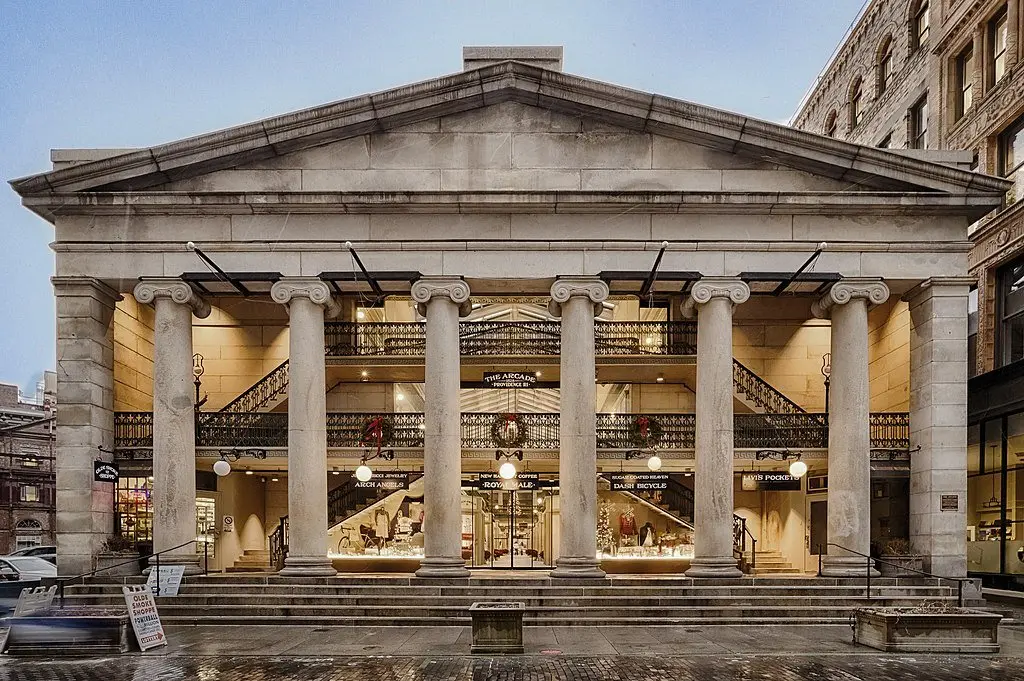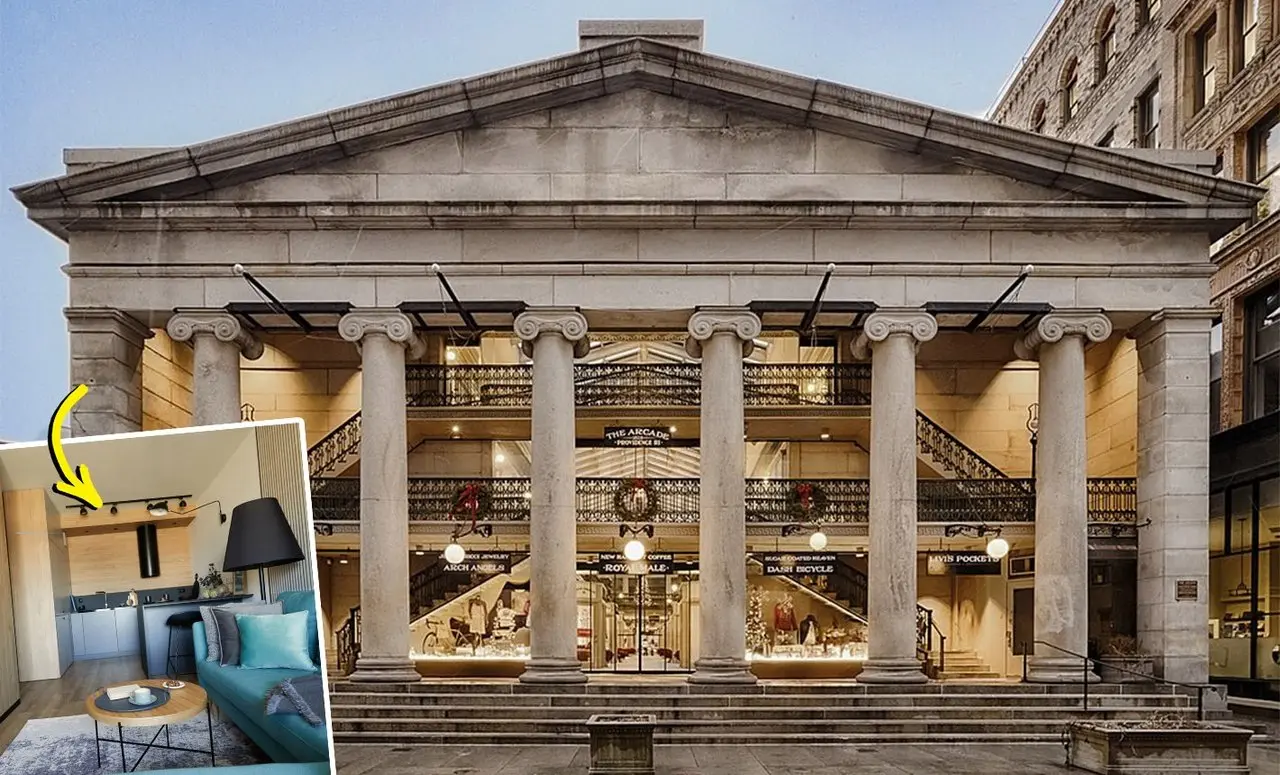As shopping malls across the U.S. grapple with declining foot traffic and rising vacancies, an unexpected solution is bringing these spaces back to life: housing. While some see malls as relics of a bygone era, others are transforming them into vibrant mixed-use communities that combine history, practicality, and innovation.
Take the Arcade Providence in Rhode Island, for example. Once the oldest indoor shopping mall in America, the Arcade faced the same fate as many malls—emptiness and disrepair. But instead of succumbing to the inevitable, developers converted its second and third floors into 48 micro-lofts. Today, the Arcade is bustling with residents, businesses, and a renewed sense of community.

Living the "Shoebox" Life
Amy Henion, a resident of the Arcade, lives in a cozy 250-square-foot apartment and couldn’t be happier. “Welcome to the teeny tiny shoebox apartment inside The Arcade,” Amy said. “It’s really great. It’s cool to be part of such a historic building, and knowing that every single one of these units used to be a shop of some kind.”
While living in a converted storefront has its challenges—like the absence of open-flame cooking devices due to building codes—Amy embraces the quirks. “My very tiny kitchen. It is very small, but it is workable,” she said. Privacy isn’t much of a concern either. “Everybody has blinds in their apartment that they can raise or lower as they like.”

What Amy loves most is the community. “You definitely feel like you’re part of the community more so than if you were just in a standard apartment building,” she said. From getting her hair cut downstairs to enjoying author talks in the private lounge, living at the Arcade offers a unique and convenient lifestyle. And on stormy New England days, staying indoors with access to shops and restaurants is an undeniable perk.
From Dead Malls to Dynamic Communities
Transforming dead malls into housing isn’t just creative—it’s a solution to America’s 4.5 million home deficit. Developers see potential in these vast empty spaces. “There’s a housing problem in a lot of markets across the U.S.,” said Jacob Knudsen, Vice President of Macerich Real Estate Development.
Revitalizing malls also boosts local economies, which once relied on malls as hubs generating billions in tax revenue. Converting these spaces into mixed-use developments restores this vitality. “You have a highly amenitized residential project that’s much more desirable than something in an isolated location,” added Will Voegele, Chief Development Officer of Macerich.
Overcoming Challenges
While the idea is promising, it isn’t without hurdles. Zoning laws, construction costs, and the need for natural light in residential spaces all pose challenges. According to Kevin Fagan, Senior Director of Moody’s Analytics, conversion costs can range from $200 to $800 per square foot. Still, developers remain optimistic, seeing the trend as a win-win for housing needs and the revitalization of retail properties.
A Bright Future for the American Mall?
For residents like Amy, living in a mall is more than a housing solution—it’s a lifestyle choice. “Some people are confused and they’ll say, like, why would you want to live in a space that’s small?” Amy shared. “But for me, it’s about having a reasonable apartment at a reasonable price that will force me out into the community and interacting with the people outside.”

As developers reimagine these once-thriving spaces, the future of the American mall looks brighter than ever. By blending housing, commerce, and community, these projects are redefining what malls can be: not just places to shop, but places to live, connect, and thrive. As Jacob Knudsen noted, “The mall is becoming cool again, and so being able to live by it and work by it, play by it, go to restaurants by it—we’re definitely seeing this as a trend.”
Who knew that the solution to America’s dead malls could be found in something as timeless as a home?



Leave a Comment